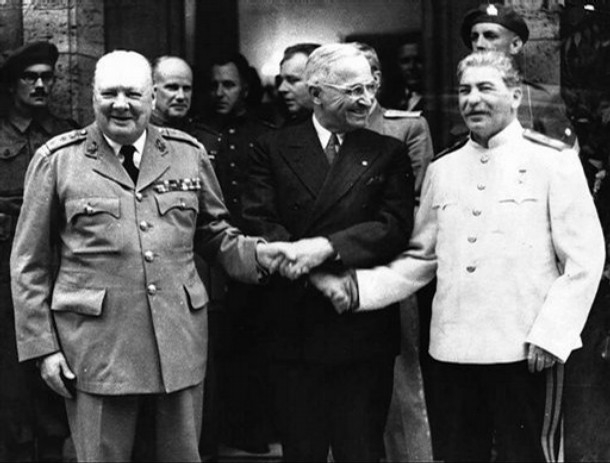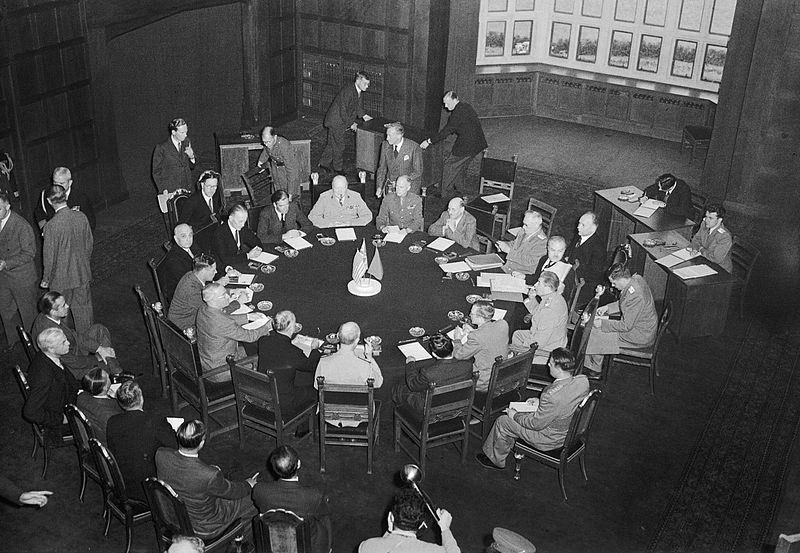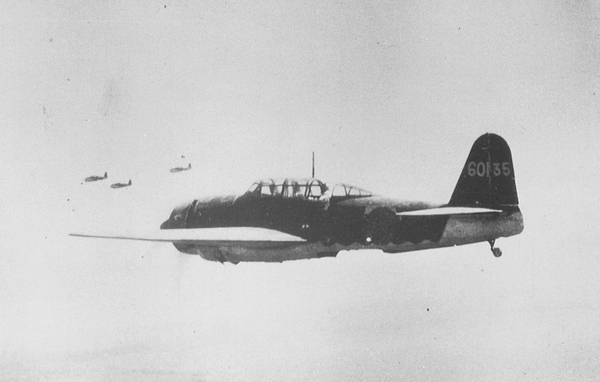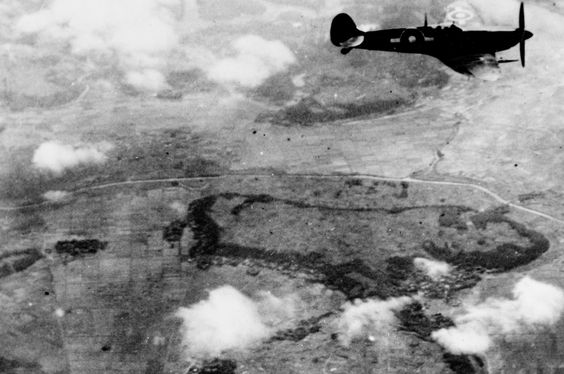Air Operations, CBI
CHINA
- Nearly 150 FEAF B-24s, B-25s, and A-26s attack Chiang Wan airfield at Shanghai.
- FEAF P-47s attack warehouses and shipping at Tinghai and Taishan Island.
- 1 341st Medium Bomb Group B-25 and more than 70 14th Air Force fighter-bombers disrupt Japanese troop movements in northern French Indochina and southern and eastern China.
- FEAF B-25s attack Itu Aba Island.
[  | |   ] ]
Air Operations, East Indies - XIII Bomber Command B-24s attack barracks at Limboeng.
- 42nd Medium Bomb Group B-25s attack the Jesselton airfield on Borneo.
[  | |   ] ]
Air Operations, Japan - Despite bad weather, Task Force 38 and Task Group 37.2 carrier aircraft attack various targets in the Tokyo area, but carrier operations are canceled in the afternoon.
- V Fighter Command P-51s attack shipping off Kyushu.
- FEAF P-47 dive-bombers attack rail tunnels near Kagoshima.
- During the night 27 6th Very Heavy Bomb Wing B-29s sow mines in Shimonoseki Strait and other areas.
- Against no aerial opposition whatsoever, elements of the US 3rd and British Pacific fleets bombard shore targets.
[  | |   ] ]
Air Operations, Ryukyus V Fighter Command P-51s attack targets in Amami O Shima and the northern Ryukyus.
[  | |   ] ]
Britain, Home Front Field Marshal Ernst Busch, former commander of German Army Group Center in Russia, dies in a military hospital in Notts at age 60.
The King, Queen and Princess Elizabeth visit Ulster.
[  | |   ] ]
Diplomatic Relations Truman, Stalin and Churchill meet at Potsdam near Berlin. The meeting will last until August 2. There are further clarifying dicussions of plans for dealing with defeated Germany and all the former occupied countries of Europe. Stalin confirms his undertaking to join the war with Japan but also tells the other Allies of peace moves that the Japanese have made via the as yet neutral USSR. There are no definite proposals contained in these approaches and it is therefore decided to do nothing direct to follow them up. On July 26 a broadcast is made to Japan with what has become known as the Potsdam Declaration. This repeats the demand for unconditional surrender, but states that the Allies do no want to reduce Japan to poverty in the postwar world. It says nothing of allowing or preventing the Emperor to remain at the head of the Japanese government.
[  | |   ] ]
Pacific Aircraft taking off from ships of the US 3rd Fleet and TF37 of the British Pacific Fleet, commanded by Vice-Adm John S. McCain and Vice-Adm Henry B. Rawlings, begin a series of bombardments of military installations and airfields in the Tokyo-Yokohama area. This is the first joint US-British naval operation in the Pacific. Battleships alone fire 2,000 tons of shell on their targets. The battleship Nagato is put out of action in these operations. Another American squadron of battleships, cruisers and destroyers, shells the industrial area of Mito-Hitachi, on Honshu Island.
[  | |   ] ]
Images from July 17, 1945
The Potsdam Conference
|
 |
|
Around the Conference Table at the Potsdam Conference
|
 |
|
Japanese Navy D4Y 'Judy'
|
 |
|
FAA Seafire over Japan
|
 |
|
|



